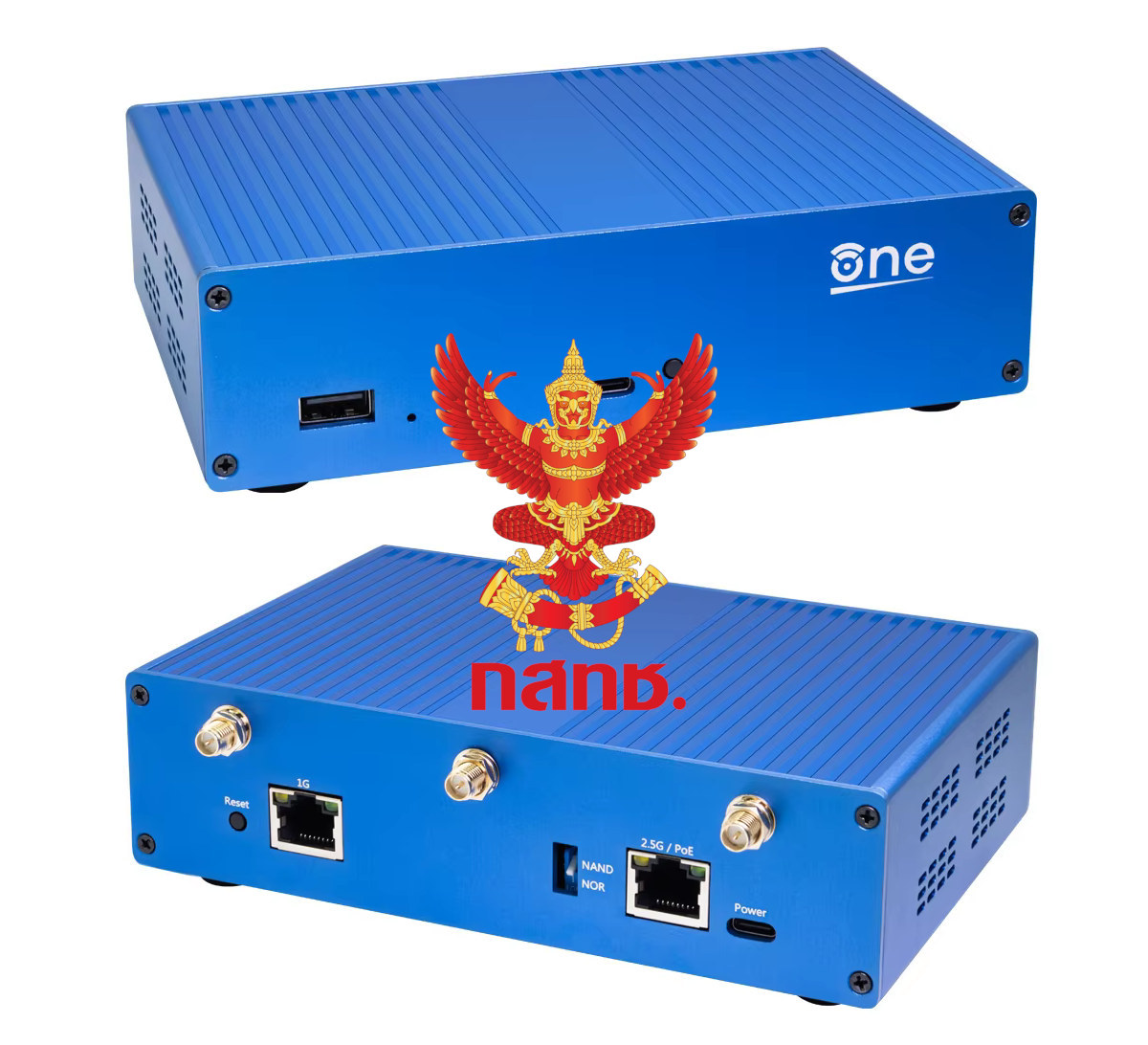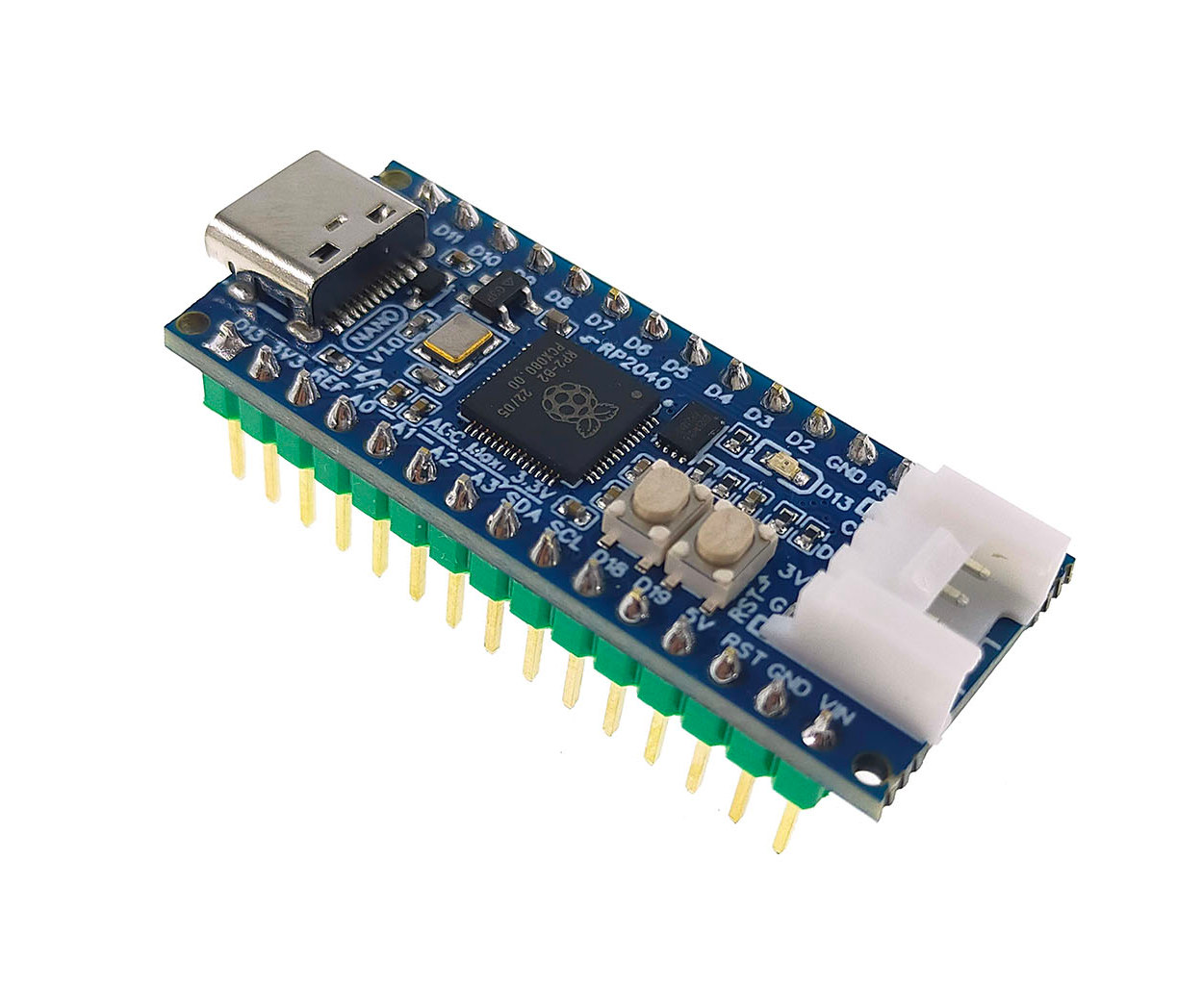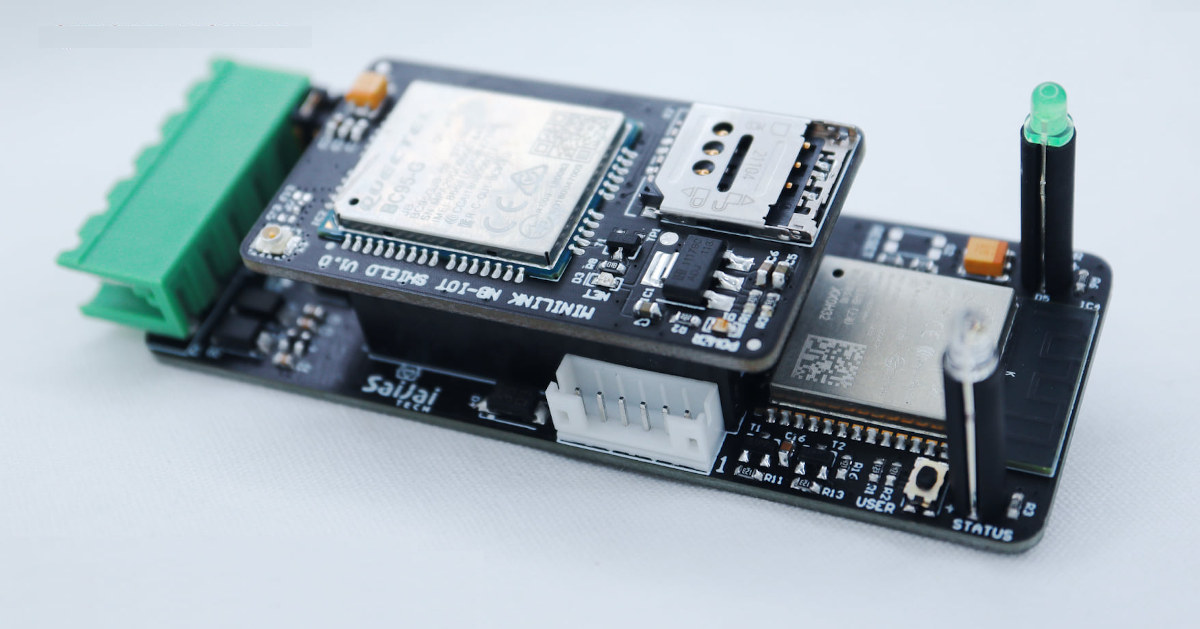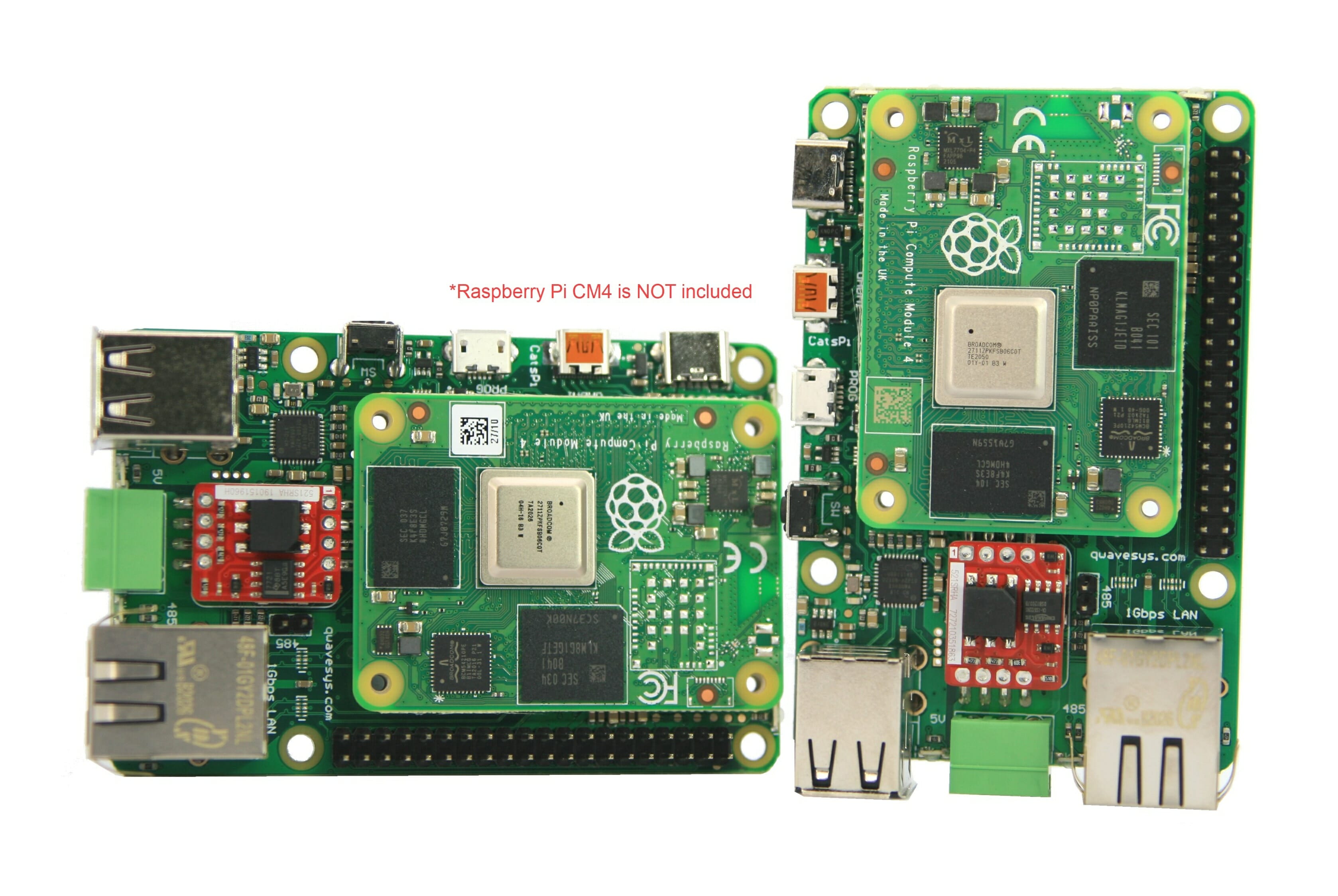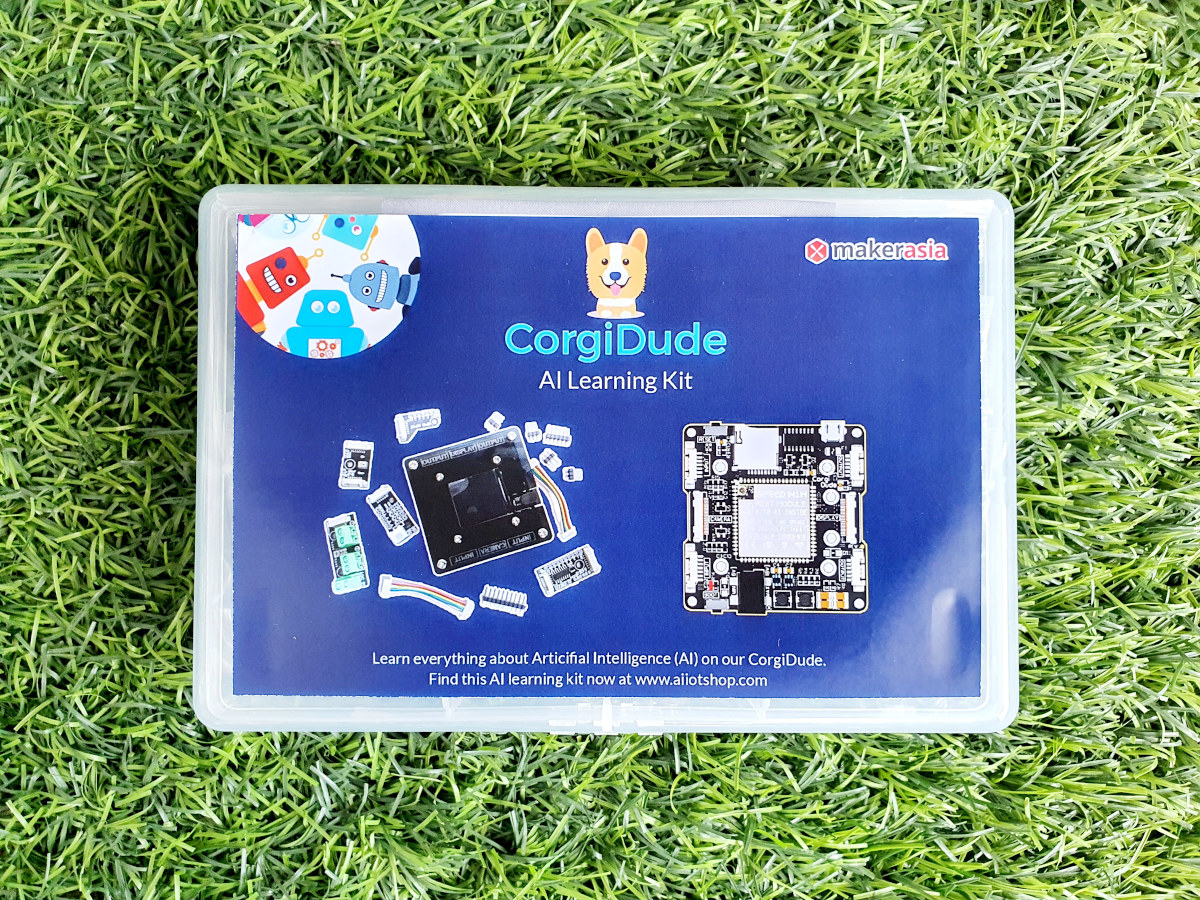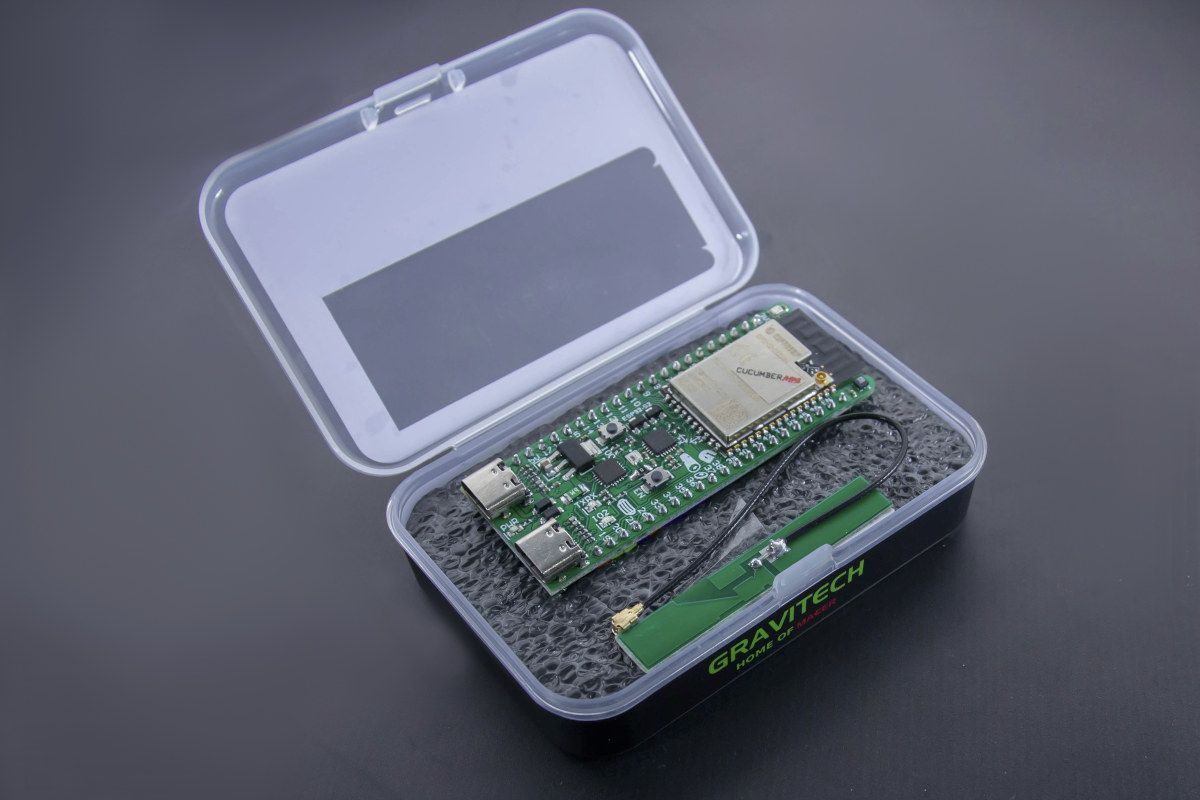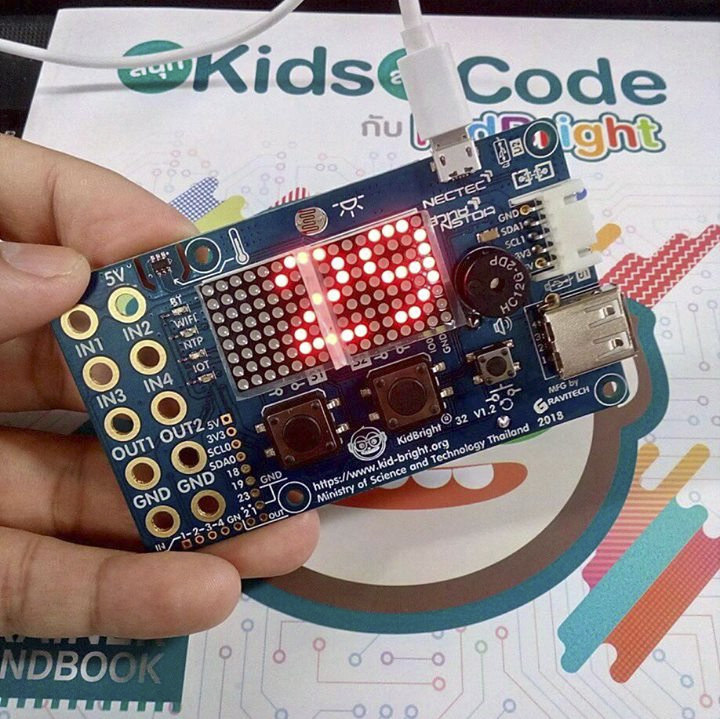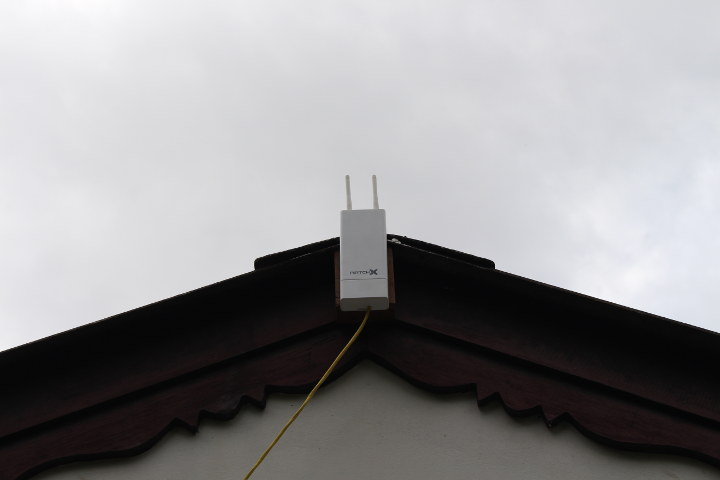We’ve been reviewing routers sent to us from China from time to time including Xiaomi Mi AX6000, GL.iNet GL-MT6000, NanoPi R5S, and others. In late 2024, I was offered to review the OpenWrt One and GL.iNet GL-X2000 “Spitz Plus” WiFi 6 and 4G LTE routers, but neither review will happen due to changes in regulations, or rather enforcement, that now makes it more complicated and expensive to import a router in Thailand since an NBTC (National Broadcasting and Telecommunications Commission) license is now required. The Software Freedom Conservancy sent an OpenWrt One router through UPS at the end of October 2024, and received an email from the courier on November 2 that read in part: Due to your shipment is ROUTER, must use import license from. Therefore, UPS we unable to apply import license for customers. Please find the other agent to clear this shipment form Thai Customs detail below. […]
RP2 Nano is a $6.6 Raspberry Pi RP2040 board with Arduino Nano form factor
ArtronShop RP2 Nano board features the Raspberry Pi RP2040 microcontroller in the Arduino Nano form factor in a way that’s much cheaper than the official Arduino Nano RP2040 Connect board. That’s possible because Thailand-based AtronShop did not include all the bells and whistles such as WiFi and Bluetooth connectivity, sensors, and used a smaller flash. So the RP2 Nano basically offers the same I/Os and features as the Arduino Nano, but the Microchip ATmega328 8-bit AVR microcontroller gives place to the more powerful Raspberry Pi RP2040 dual-core Cortex-M0+ MCU plus 2MB flash, and the board also adds an extra Grove connector for expansion. RP2 Nano specifications: MCU – Raspberry Pi RP2040 dual-core Cortex M0+ microcontroller @ 133 MHz with 264 kB of embedded SRAM Storage – 2MB SPI flash USB – 1x USB Type-C OTG port for power, data, and programming Expansion Arduino Nano headers (2x 15-pin headers) Up to […]
MiniLink IIoT Node – An Arduino compatible RS485 to LoRaWAN node with wireless expansion
Designed by Thailand-based Saijai Tech, MiniLink IIoT Node is an Arduino compatible board based on either an ESP32 WiFi & Bluetooth SoC or an unnamed Microchip Cortex-M0+ microcontroller designed for Smart Agriculture or industrial applications (e.g. PLC controllers). The board includes an RS485 interface for sensors or actuators, an ACER-branded LoRa module, and expansion headers to add an extra wireless module with either LoRa PtP (P2P, Point-to-Point), NB-IoT, or 3G/4G LTE & GNSS, and some of those add an extra RS485 port. MiniLink IIoT node key features & specifications: MCU (one or the other) Espressif ESP32 dual-core processor with 2.4 GHz WiFi and Bluetooth LE Microchip Arm Cortex-M0+ microcontroller (probably SAMD21) LPWAN – ACER AS923 LoRaWAN module Sensor interface – RS485 or UART via terminal block (jumper selectable) Expansion – 2x 14-pin header for expansion modules Misc – User & reset buttons, RS485/UART selection jumpers, user and power LEDs, USB/TTL […]
CatsPi Industrial Lite RPi CM4 carrier board features GbE, RS485, Watchdog MCU
We’ve seen a fair deal of Raspberry Pi CM4 carrier boards, and here’s another one courtesy of QwaveSystems with CatsPi Industrial Lite board following Raspberry Pi SBC form factor/dimensions, and equipped with Gigabit Ethernet, RS485, USB ports, as well as a watchdog MCU among other interfaces and features. Contrary to what the name implies, CatsPi Industrial Lite only works with Raspberry Pi CM4 with eMMC flash, but not the CM4 Lite module since there’s no MicroSD card on the baseboard. It’s not the first Raspberry Pi Compute Module 4 carrier board with RS485, however, as we previously covered CM Hunter also including CAN and 1-wire interfaces, but QwaveSystems’ solution is more compact and mostly mechanically compatible with Raspberry Pi model B SBC’s. CatsPi Industrial Lite board specifications: Compatible SoMs – Raspberry Pi CM4 with eMMC flash only Video Output – Micro HDMI port Connectivity – Gigabit Ethernet, optional 802.11b/g/n/ac WiFi […]
Made in Thailand CorgiDude RISC-V AI board aims to teach machine learning
There’s a relatively small but active maker community in Thailand, and we’ve covered or even reviewed some made in Thailand boards including ESP8266 and ESP32 boards, a 3G Raspberry Pi HAT, and KidBright education platform among others. MakerAsia has developed CorgiDude, a board based on the version of Sipeed M1 RISC-V AI module with built-in WiFi, and part as a kit with a camera and a display used to teach machine learning and artificial intelligence with MicroPython or C/C++ programming. CorgiDude board specifications: AI Wireless Module – Sipeed M1W Module with Kendryte K210 dual-core 64-bit RISC-V RV64IMAFDC CPU @ 400Mhz with FPU, various AI accelerators (KPU, FFT accelerator…), 8MiB on-chip SRAM Espressif ESP8285 single-core 2.4 GHz WiFi 4 SoC plus IPEX antenna connector Storage – MicroSD card slot Camera I/F for 2MP OV2640 sensor up to 1280 × 1024 (SXGA) @ 30 fosm SVGA @ 30 fps, or CIF @ […]
Cucumber ESP32-S2 Development Board Comes with USB OTG Port, Optional Sensors
Yesterday, I wrote about LilyGO TTGO ESP32-S2 WiFi IoT board, but one commenter mentioned it missed one of the key features of ESP32-S2 chip: a USB OTG port. While USB OTG is accessible through the header pins, it’s not the most convenient to use. I also quickly mentioned Cucumber ESP32-S2 development board in that post, but I did not expand too much since I thought it should only ship within Thailand. But the board does include two USB Type-C ports, one for the usual USB UART connector, and the other for USB OTG, and I found out the board is available worldwide. The board is available in multiple variants with or without sensors and PSRAM, and with external IPEX antenna or PCB antenna using ESP32-S2-WROVER(-I) or ESP32-S2-WROOM(-I) module. Cucumber specifications: Wireless Module (one of the other): ESP32-S2-WROVER with ESP32-S2, 4MB flash, 2MB PSRAM, on-board PCB antenna ESP32-S2-WROVER-I with ESP32-S2, 4MB […]
KidBright32 Board is Thailand’s BBC Micro:Bit Equivalent
BBC Micro:Bit board was first announced in July 2015. Designed for STEM education, the board was then offered to UK schools in March 2016, and a few months later UK store would start selling it worldwide. It’s now available pretty much anywhere, and you can likely find it in a local store or online. The Thai government must have seen this, and thought to themselves “If the British can do it, we can do it too!”, as the National Electronics and Computer Technology Center (NECTEC) part of Thailand’s Ministry of Science and Technology designed KidBright32 board and courses to teach STEM to Thai students. The board is based on Espressif Systems ESP32-WROOM-32 WiFI and Bluetooth module, and comes with large holes for power (5V/GND) and 6 digital inputs/outputs, smaller through holes for I2C and more I/Os, as well as an I2C header. We’ll also find some LEDs, two dot matrix […]
MatchX MatchBox LoRa Gateway Setup (for AS923) and Installation
At the end of last year, I received MatchX Matchbox LoRaWAN gateway, but only quickly checked out the hardware, as I was still unclear about regulations in South East Asia, and did not have any nodes to play with. Understanding Regulations and LoRaWAN Frequency Plans Since then, the government published some notifications about the 920-925 MHz band we are supposed to follow here. It’s in Thai language, and I can’t still read/understand it, but I got some translation help, and some key points include: paragraph 5 : for 920-925MHz non-RFID radio equipment (1) max EIRP not more than 4 watts (2) if EIRP < 50mW, no need for any license (3) if EIRP < 500mW, a license is required for importing, selling, and making your own equipment (4), and you must be in accordance with NBTC technical standard. (5) must not interfere with any licensed application. Interfering equipment must be […]


